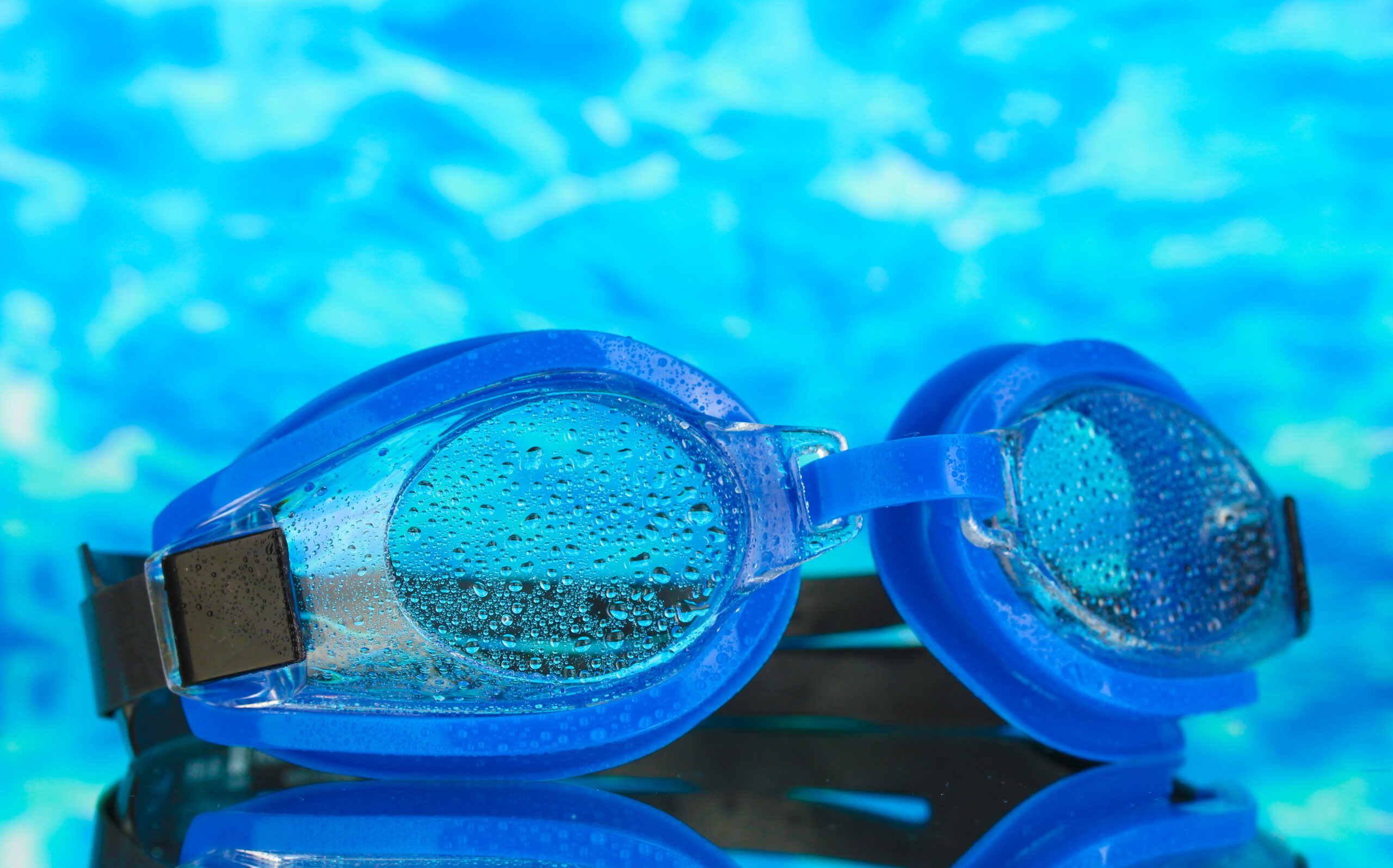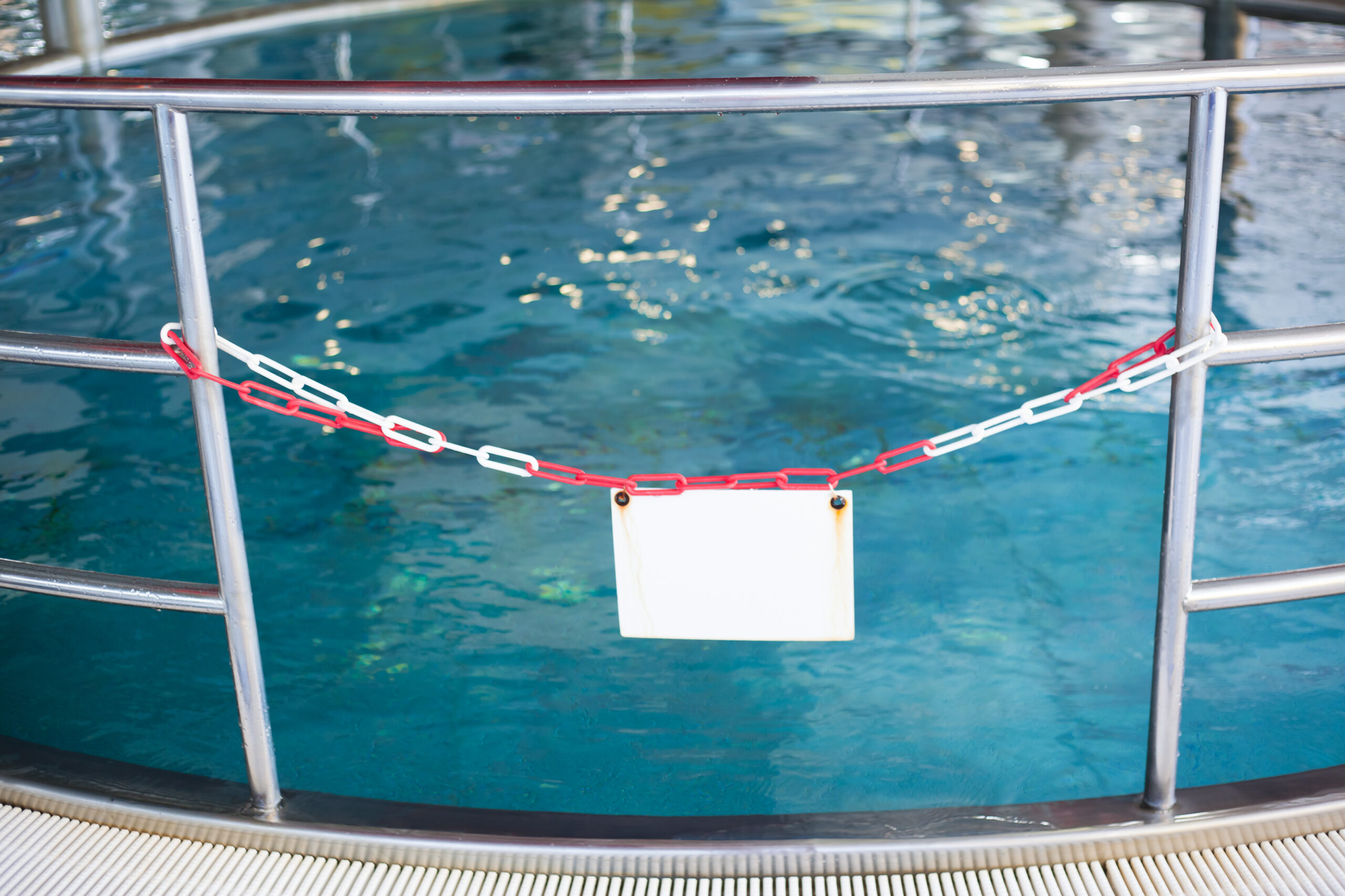You’re about to build a dream pool, but are you considering safety? It’s more than necessary; it’s crucial.
In this guide, you’ll discover how proper planning, right equipment and trained workers can ensure everyone’s safety during the construction process.
You’ll also learn post-construction precautions to maintain that safety.
Dive in, because understanding these steps isn’t just beneficial; it could be life-saving!
Understanding the Basics of Pool Construction Safety
Before we dive in, it’s crucial to understand the basics of pool construction safety to prevent any mishaps during the process.
You need to be aware of Local Regulations Compliance, as these laws can differ from area to area. It’s not enough just knowing your state or country regulations; you need to dig deeper and get familiar with the specific rules enforced by your local council or town.
A key part of this compliance is Hazard Identification. This involves recognizing potential risks before they become actual problems. Look out for hazards like uneven surfaces that could cause slips and falls, exposed wires that might lead to electrical shocks, or improperly stored chemicals that could result in toxic spills.
Make sure you know what protective equipment is required for each task such as hard hats, gloves, eye protection, etc., and ensure everyone on site uses them correctly. Regularly inspect all tools and machinery for damage and fix any issues promptly.

Importance of Proper Planning and Design for Safety
You’ve got to understand the vital role of careful planning and design in maintaining a secure environment when setting up your swimming area. Adherence to safety regulations is non-negotiable, and risk assessment forms an integral part of this process. Each step must be meticulously planned out, from the size and depth of your pool to its location.
Consider potential hazards – steep slopes, electrical wires, or tree roots can all pose risks during construction and usage. Mitigating such risks is where proper planning comes into play. It’s essential that you take into account the specific features of your property while designing your pool.
Safety regulations don’t just cover construction aspects; they also include rules about fencing and gates around pools to prevent accidental falls. Your design should incorporate these elements without compromising on aesthetics.
Risk assessment isn’t a one-time task either; it’s ongoing. Regular inspections are necessary to maintain safety after construction is complete. Look for signs of wear and tear, ensuring everything remains compliant with safety standards.
Utilizing the Right Equipment for Pool Construction
It’s crucial to choose the right gear when setting up your swimming area, as this can greatly impact the quality and longevity of the project. The right equipment not only ensures a good job but also guarantees that safety regulations are adhered to throughout construction.
Here’s what you need to consider:
* Pool Lighting: This is essential for illumination and ambiance.
* Ensure you have waterproof lights.
* Opt for LED lights; they’re energy-efficient and long-lasting.
* Install enough lighting fixtures for visibility but avoid overdoing it as this could lead to glare.
* Equipment Maintenance: Regular maintenance will prolong the life of your pool equipment.
* Keep all electrical connections dry and clean.
* Conduct regular checks on pumps and filters, repairing or replacing them when necessary.
Training and Safety Measures for Workers
Training is not just about building skills, but also about equipping workers with knowledge of necessary precautions to prevent accidents on-site. Familiarity with safety regulations and understanding the importance of worker’s protection are crucial.
To ensure worker’s protection during pool construction, your team should undergo comprehensive training on safety regulations. This includes understanding the correct use of personal protective equipment (PPE), recognizing potential hazards, following proper procedures when handling chemicals, and knowing how to operate machinery safely.
Consistent reinforcement of these rules can significantly reduce workplace accidents. Maintaining an open line of communication about safety matters is crucial, promoting a culture where everyone feels confident raising concerns or reporting issues without fear of reprisal.
Training completion is not the end. Regular audits and checks are necessary to ensure compliance and continuous improvement in safety standards. These steps are vital in creating a safe working environment for all involved.
Implementing Safety Precautions Post-Construction
After the building phase, implementing precautions post-construction is crucial to sustain a hazard-free environment. You need to focus on two significant aspects – Safety Signage and Emergency Protocols.

1. Safety Signage
* Place signs near potential danger zones. This includes areas with deep water or slippery surfaces.
* Use universally recognized symbols that are easily understood by everyone regardless of language barriers.
* Make sure signs are visible at all times, even in low light conditions.
2. Emergency Protocols
* Train staff on how to respond effectively during emergencies. This involves practicing drills and ensuring they’re familiar with all safety equipment.
* Establish clear evacuation routes and ensure they’re well marked.
* Set up an efficient communication system for immediate response when needed.
Remember, it’s not enough just to put these measures in place; you must also regularly monitor and update them as necessary. A safe environment isn’t achieved solely through initial precautionary measures but through continuous vigilance and commitment to safety regulations and procedures.
Keep your pool area secure post-construction using appropriate signage, well-planned emergency protocols, and conducting regular reviews will keep everyone safe while enjoying the benefits of your newly constructed pool facilities!
Frequently Asked Questions
What Types of Insurance Should I Consider When Constructing a Pool?
You’ll want to consider liability and property insurance during pool construction. These cover potential damages or injuries. Check policy coverage carefully, as insurance costs can vary based on the extent of protection needed.
How Can I Ensure the Safety of My Pets During the Pool Construction Process?
To ensure your pets’ safety during the pool construction process, you’ll want to use pet enclosures to keep them away from the site. Additionally, enrolling them in training programs can help teach obedience and boundaries.
Are There Any Specific Safety Regulations or Standards I Must Meet When Constructing a Pool in My Region?
Yes, you’ll need to obtain building permits that adhere to local safety regulations. It’s crucial you use safety equipment during construction. Check your region’s specific standards to ensure you’re compliant and avoid any issues.
How Does Weather Condition Affect Safety During Pool Construction?
Weather conditions significantly impact your pool construction safety. By monitoring weather, you’ll better prepare and equip with necessary safety gear, avoiding risks like wet surfaces that could cause slips or lightning during storms.
What Should I Do if I Discover a Safety Issue After the Pool Has Already Been Constructed?
If you spot a safety issue like equipment malfunction or incorrect installation, immediately cease pool usage. Contact a professional pool contractor to inspect and rectify the problem maintaining all safety regulations and procedures.
